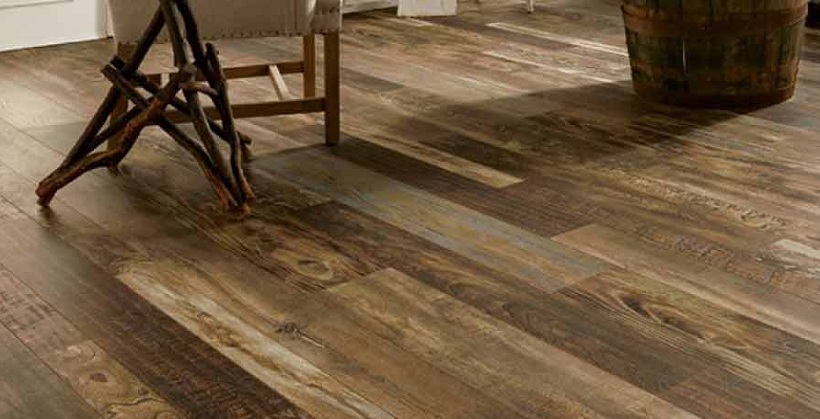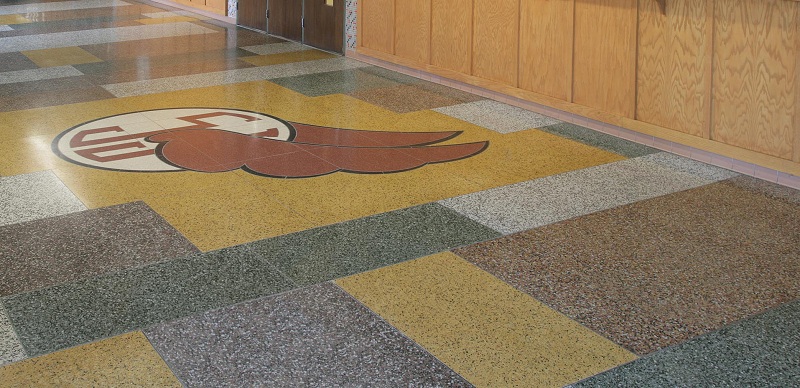
Flooring, quite often, is placed towards the bottom of the list when it comes to interior design ideas. This is not because it’s the least important.
It is more because all the other decorative and functional elements need to be placed first to determine the best material, design, and color of flooring to use.
Unlike the other components of designing interior spaces, flooring is more challenging to change after it has been installed and styled.
Therefore, if you are building a home, take your sweet time in thinking about flooring options. The best choice of flooring can often only be made once everything else has already been worked into space.
And when it comes to choosing the best flooring solutions, there are a few essential flooring considerations. Four are discussed below.
Table of Contents
1. Function of location

When choosing flooring, it’s imperative to think about how space will be used. This will help you narrow down your options for materials to use.
Say, the area will be exposed to water quite often, or it’s exposed to the sun’s rays every day. In this case, wood flooring may not be the best material to use. Why?
First of all, frequent exposure to water can alter the color and shape of the wood. Second, too much moisture can encourage the growth of harmful molds, as well as attract little pests, even if the wood is treated for increased durability and resistance to moisture.
Third, constant exposure to the sun can also morph the aesthetics and structural integrity of the material.
Harder surfaces are better options. Concrete flooring, for instance, is more durable and weather-resistant. On top of that, it offers more styling possibilities. Creative treatments can make it look and feel like wood or brick.
2. Color palette

One thing’s for sure: Your choice of flooring should always fit into the color palette of a room. It doesn’t matter if you want it to blend in or become the statement element of the space. What’s important is that its hue should always complement the other fixtures.
According to top interior designers, for a natural and cozy interior atmosphere, it’s a good idea for flooring (whether it’s made of wood, tile, or concrete) to possess a variation or gradation of color. Slight hue differences can make the floor feel more luxurious.
Meanwhile, if you want an exquisite interior design, you cannot go wrong with high-shine floorings such as stone (like marble and quartz) and decorative concrete flooring, which is coated with polish for gloss and increased durability.
3. Style continuity

Cohesive interior design is mainly about providing continuity of style. This is why, for flooring, it’s crucial to determine how you can create a sense of uniformity in the overall space. This is actually easy, even if you need to vary the material in some areas.
For example, you have mostly hardwood surfaces around the house, and you love the romantic country feel they create. However, you can’t use the same wood for the bathroom or kitchen.
Related post: Home Staging Tips To Quickly Sell A House
There are ceramic tiles that mimic the grain, texture, and color of most hardwood floors. You can switch to these instead to maintain style continuity.
The same is true with concrete floors. Concrete can be treated in a way that it looks like panels of wood. It can have the texture, color, and even polish of natural wood flooring.
4. Floor treatments

Whether you opt for stone, wood, tile, or concrete flooring, one thing’s for certain: You will get a hard and cold surface. So, to infuse warmth and a bit of cushioning, consider using carpets or area rugs. You can also use electric mop for better cleaning of your floor.
There are so many options to choose from when it comes to rug design. But, overall, you want to choose one that can go with the color palette of the room. Now, when it comes to placement, here are some suggestions:
- For the kitchen, particularly in front of the sink or cooktop, it’s best to use a heavy runner or thick carpet tiles, which are impressively easy to clean.
- For eating areas and cozy nooks, area rugs are fantastic to use. They shouldn’t be too thick, though, especially if the carpet will be placed in the dining area where there’s always the risk of food falling from the table.
- For living areas, area rugs are also perfect, but you can experiment with design, thickness, and materials. You can even combine different rugs for more colorful and stylish floor treatment. Consider layering a small rectangular woven abaca carpet on top of a much larger faux sheepskin carpet or round wool rug over a square polypropylene one.
These floor treatments are worth considering for a more defined space, a lovelier ambiance, as well as improved safety.
These are some of the most essential flooring considerations when it comes to flooring. The ideas can help ensure that you get to create a purposeful and stylish space.

I am a passionate blogger having 5 years of experience in blogging and digital marketing. I have started List Absolute in 2018 to give my passion a live platform. I have also good hand in writing unique and quality content. Here I contribute in my free time. Thanks for reading. Let me know if I can help you get your work done in a timely manner.
